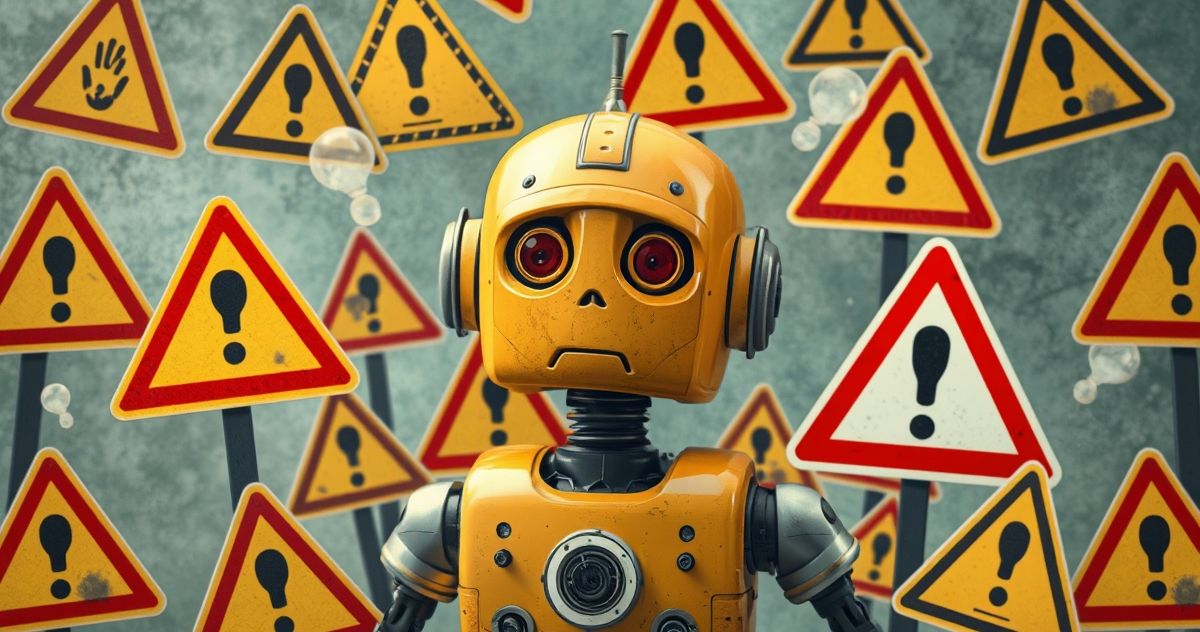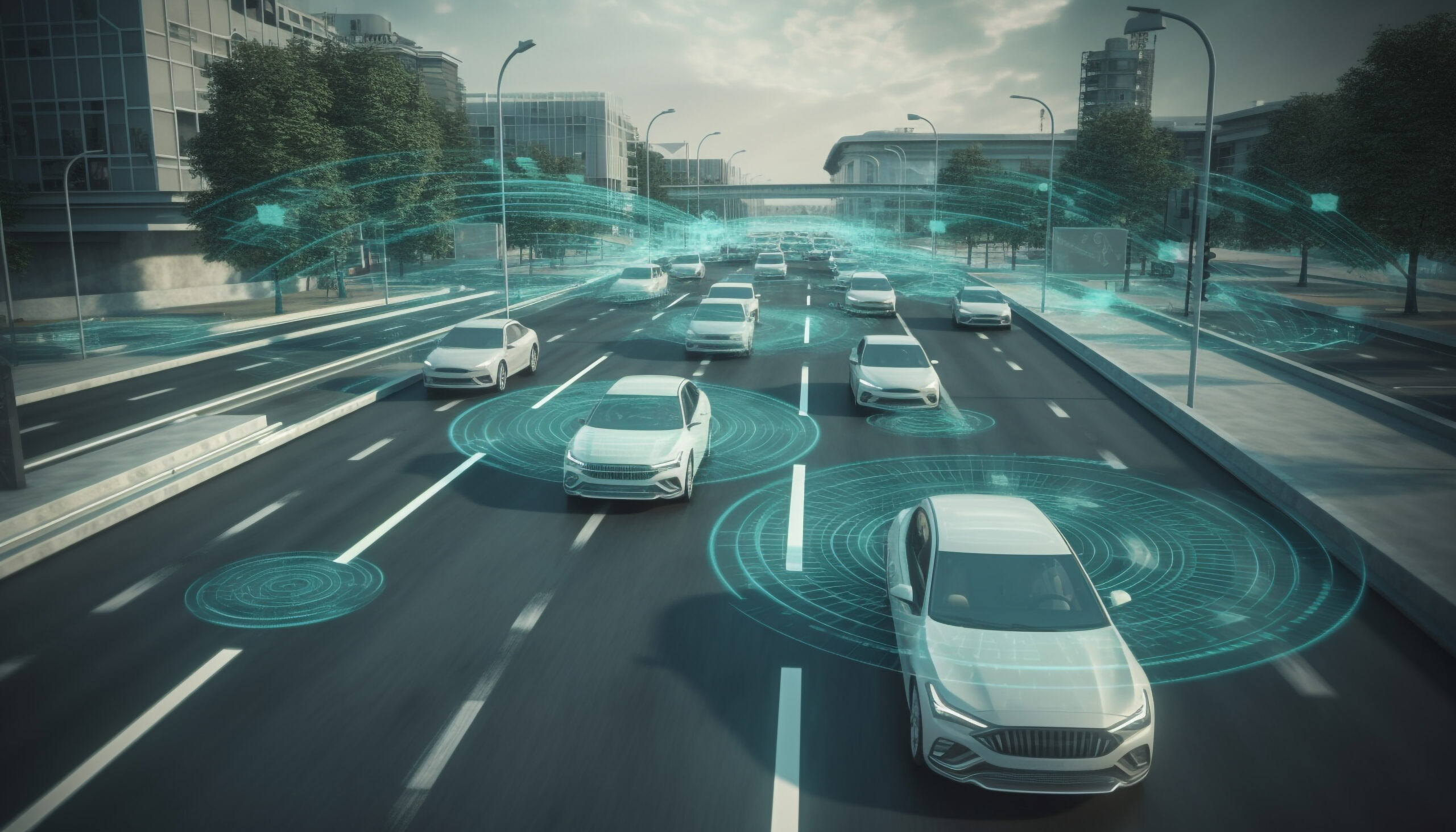Artificial Intelligence (AI) is changing the way we live and work—but what happens when these powerful systems make a mistake? Whether it’s a misdiagnosis in healthcare or a false arrest by facial recognition, AI decision-making errors can have serious consequences. This post explores what happens when AI fails, who pays the price, and how humans remain a critical safety net in high-stakes scenarios.
The Reality of AI Decision-Making Errors
Even the most advanced AI systems are not infallible. They rely on data, and if that data is flawed, biased, or incomplete, the AI’s decisions will be too.
Real-World Examples of AI Getting It Wrong:
- Healthcare Misdiagnoses: IBM Watson was once touted as a revolutionary tool for diagnosing cancer. However, internal documents revealed that Watson gave unsafe and incorrect treatment recommendations (Stat News).
- Wrongful Arrests: Facial recognition software used by law enforcement has misidentified innocent individuals, particularly people of color. In one case, Robert Williams was wrongfully arrested due to faulty facial recognition in Michigan (ACLU Report).
- Autonomous Vehicles: Tesla’s Autopilot has been linked to several fatal crashes, raising concerns about how AI systems handle real-world unpredictability (NHTSA Investigation).
Why AI Decision-Making Errors Happen
- Biased or Incomplete Training Data: If an AI model is trained on biased data, it will reflect and amplify those biases.
- Lack of Contextual Understanding: AI lacks common sense and emotional intelligence.
- Overreliance on Automation: When humans assume the AI is always right, they may miss critical red flags.
The Role of Human Oversight
The Human Safety Net
Human-in-the-loop (HITL) systems are designed to keep a person involved in decision-making. This approach helps prevent automated systems from making unchecked life-altering decisions.
Examples of HITL Systems:
- Radiologists verifying AI-assisted diagnoses
- Airline pilots manually overriding autopilot systems
- Content moderators reviewing AI-flagged social media posts
How Do We Build More Reliable AI?
- Transparency: Encourage the use of explainable AI (XAI) to make algorithms more understandable.
- Ethical Guidelines: Organizations like the European Commission have developed AI ethics frameworks (EU AI Ethics Guidelines).
- Regulation: The EU’s AI Act is aiming to regulate high-risk AI systems and improve accountability (European Commission).
- Auditability: Independent audits of algorithms to assess fairness and accuracy.
Conclusion: The Need for a Human Safety Net in AI Decision-Making
AI has immense potential—but it’s not perfect. When it gets things wrong, the consequences can be life-changing. That’s why a robust human safety net is crucial. With the right checks, balances, and a clear ethical framework, we can ensure AI serves humanity—without replacing it.



